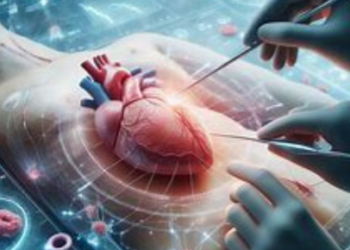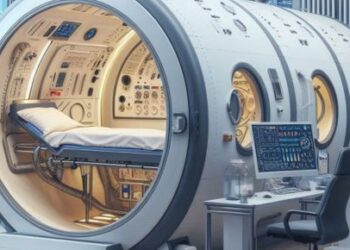
In today’s medical world, diagnostic imaging and nuclear medicine play a key role. Both fields help in early detection and treatment planning. This partnership enhances patient care. Invision Sally Jobe is one example of how these fields come together. By combining advanced imaging techniques with nuclear medicine, we can see inside the body more clearly. This approach allows for more accurate diagnoses and better outcomes.
Understanding Diagnostic Imaging
Diagnostic imaging involves techniques that produce images of the body’s interior. These images help doctors identify abnormalities or diseases. The most common methods include X-rays, CT scans, and MRIs. Each technique has its strengths. For instance, X-rays are excellent for viewing bones, while MRIs offer detailed images of soft tissues.
According to the FDA, these tools are vital for non-invasively peeking inside the human body. They provide visual information that would otherwise require surgery to see.
The Role of Nuclear Medicine
Nuclear medicine uses small amounts of radioactive material to diagnose and treat diseases. Unlike diagnostic imaging, which shows structure, nuclear medicine reveals how the body is functioning. It is particularly useful for detecting cancers, heart diseases, and certain neurological disorders. This field provides unique information that other imaging techniques cannot.
Nuclear medicine tests are different from routine imaging tests. They focus on the function of organs and tissues. The National Library of Medicine explains that this method highlights areas of chemical activity, which are critical in identifying disease at an early stage.
Comparison of Techniques
The table below highlights the main differences between common diagnostic imaging techniques and nuclear medicine:
| Technique | Main Use | Strength |
| X-ray | Bone injuries | Quick and inexpensive |
| CT Scan | Internal organ issues | Detailed cross-sectional images |
| MRI | Soft tissue assessment | No radiation, highly detailed images |
| Nuclear Medicine | Function of organs | Early detection of functional changes |
The Power of Combination
When diagnostic imaging and nuclear medicine are combined, they offer a comprehensive view of the body’s anatomy and function. This integration is crucial in complex cases, such as cancer. For example, a CT scan can identify the size and location of a tumor, while a PET scan, a form of nuclear medicine, can assess the activity level of the cancer cells.
This combined approach supports more informed decision-making. It provides a roadmap for treatment, showing where and how to target therapies effectively. Such precision is essential for personalized medicine, where treatments are tailored to the specific characteristics of the disease in each patient.
Future Directions
The future of diagnostic imaging and nuclear medicine looks promising. Advances in technology continue to improve clarity and speed. Imaging techniques are becoming safer and more accessible. The integration of artificial intelligence also holds the potential for enhancing image analysis and interpretation.
With ongoing research, the synergy between diagnostic imaging and nuclear medicine will keep evolving. The goal is to improve patient outcomes through early and accurate diagnosis, leading to timely and effective treatment. As these fields advance, the hope is for more lives to be saved through innovative and precise medical care.
Conclusion
The intersection of diagnostic imaging and nuclear medicine represents a cornerstone of modern healthcare. By working together, these fields provide a clear picture of health from multiple perspectives. This comprehensive approach supports better diagnosis, treatment planning, and, ultimately, patient care. As tools and techniques continue to advance, so too will the capabilities of medical professionals in their mission to save lives.











